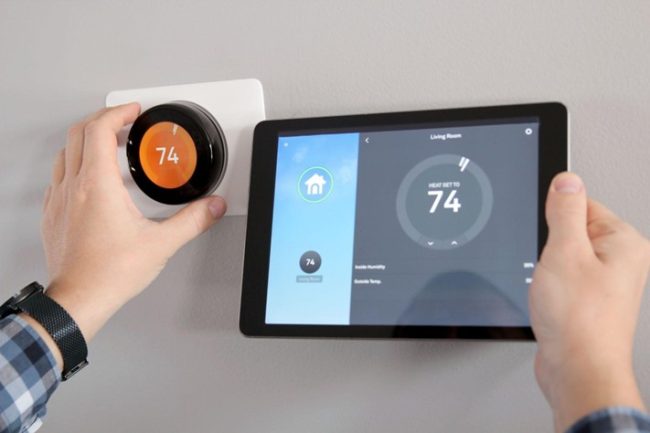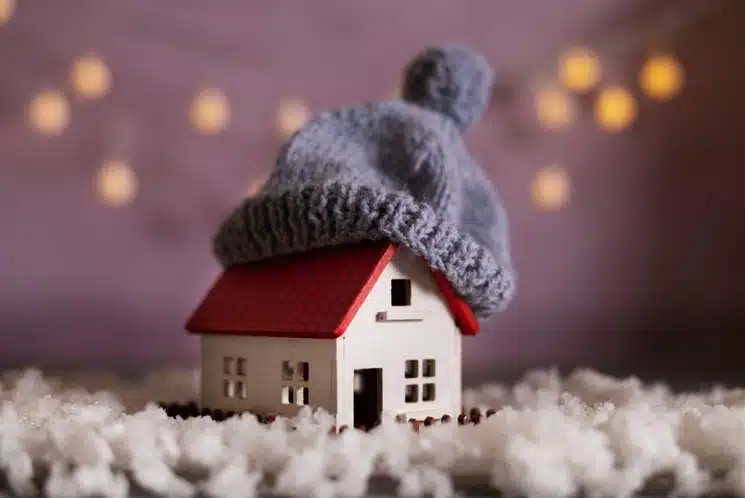There’s something magical about winter in Central New York, the first snowfall, the crisp air, the comfort of coming home to warmth. But as any Syracuse resident knows, that magic can quickly fade when the house feels drafty, heating bills spike, and rooms never seem quite warm enough.
Before you rush to call a window replacement contractor to tackle those persistent drafts, it’s worth looking at your home as a whole system. Creating a winter-ready home isn’t just about fixing one issue, it’s about finding small, smart ways to make every room warmer, healthier, and more energy-efficient for the months ahead.
Understanding Central New York’s Winter Challenge
Our region’s winters aren’t for the faint of heart. With heavy snowfall, frequent freeze-thaw cycles, and cold winds off Lake Ontario, local homes face a unique set of seasonal pressures. Older houses, especially the charming historic ones scattered through neighborhoods like Sedgwick or Strathmore, often lose heat through outdated windows, uninsulated basements, and aging roofing.
Preparing your home for the Syracuse winter doesn’t have to be a major renovation project. With some targeted upgrades, you can cut energy costs, improve indoor comfort, and even extend your home’s lifespan.
1. Seal the Envelope: Containing Heat, Cutting Waste
Think of your home as a living body, windows, doors, and walls form the skin that protects you from the elements. When that “skin” leaks heat, your furnace works overtime.
Check for drafts
Stand near your windows on a windy day. Do you feel cold air or see curtains move slightly? If so, even a thin gap can allow heat loss and moisture intrusion. Weatherstripping or caulking small cracks can make an immediate difference.
Insulate doors and attics
Adding insulation to your attic, basement ceiling, or crawl spaces prevents warm air from escaping upward. Many homeowners overlook entry doors, even installing a draft guard or replacing old seals can add surprising warmth.
Don’t forget the basement
Heat often disappears downward, especially in homes with unfinished basements. Insulating foundation walls and sealing rim joists can stabilize interior temperatures and reduce condensation.
2. Windows: The Eyes (and Energy) of Your Home
In Syracuse’s long winters, windows play a crucial role in both comfort and cost. Outdated or poorly fitted ones can lose up to 30% of indoor heat. While a full upgrade may sound daunting, replacing even a few problem windows can pay off quickly in comfort and energy savings.
Modern energy-efficient windows use advanced glass coatings, double or triple panes, and inert gas fills to minimize heat transfer. They also reduce drafts, condensation, and outside noise, all major contributors to cold, restless nights.
Before winter arrives in full force, it’s worth consulting a professional to evaluate your window condition. Even one conversation with a qualified window replacement contractor can clarify whether your current setup is worth repairing or if replacement would make more sense long-term.
3. Smart Thermostats and Energy Monitoring

Image from Freepik
Heating costs can skyrocket in Central New York, especially when furnaces run constantly through sub-zero weeks. Smart thermostats help you balance warmth and efficiency by learning your daily routines.
They automatically lower temperatures when you’re away and adjust before you return, saving up to 10%–12% on heating bills annually. Many also provide energy-usage data, helping homeowners identify which rooms or habits waste the most energy.
For tech-savvy homeowners, pairing a smart thermostat with temperature sensors in different zones ensures that warmth reaches every corner, from your upstairs bedrooms to that stubbornly cold den.
4. Lighting and Ventilation: Bright, Fresh, and Efficient
Winter brings shorter days and more time indoors, which means lighting and air quality matter more than ever.
Switch to LED and daylight bulbs
LEDs last longer and use up to 75% less energy. Choose warm-white tones to mimic natural light, improving mood and visibility during darker months.
Add reflective surfaces
Mirrors or light-colored paint can amplify brightness naturally, making rooms feel larger and more inviting without extra electricity use.
Maintain indoor air quality
With windows closed for months, homes trap more dust, allergens, and moisture. Clean vents, replace furnace filters, and consider air-purifying houseplants or HEPA purifiers. Proper airflow helps prevent condensation, which can lead to mold growth.
5. Flooring and Fabrics: Cozy Comfort from the Ground Up
Cold floors are often the first complaint of Central New York homeowners once temperatures drop. A few strategic upgrades can fix that:
- Layer area rugs or runners in high-traffic areas.
- Use thermal curtains that block drafts while trapping heat.
- Add under-rug padding to insulate hardwood or tile floors.
- If remodeling, consider radiant floor heating, an investment that pays off every winter.
Even swapping out lightweight curtains for heavier fabrics can create a cozier ambiance and reduce heat loss through large windows.
6. Preventative Maintenance: Small Checks, Big Savings
Before the first snowstorm hits, take a proactive approach to winter maintenance.
- Service your heating system: Have your furnace inspected annually to ensure safety and efficiency. Clean ducts and filters to improve airflow.
- Inspect your roof and gutters: Remove debris so melting snow can drain freely. Clogged gutters can cause ice dams, leading to water leaks and structural damage.
- Check exterior vents: Ensure dryer and exhaust vents are clear of snow buildup, this helps prevent both inefficiency and fire hazards.
- Reverse ceiling fans: Set them to spin clockwise on low to gently push warm air back down into living spaces.
These small actions might seem minor, but collectively they make your home feel warmer and operate more efficiently.
7. The Mental Comfort of a Well-Kept Home
A comfortable home is about more than just temperature, it’s about peace of mind. Knowing your home is secure, warm, and well-maintained can improve mental wellbeing during long winters.
There’s a certain satisfaction in hearing the wind howl outside while you sit inside, wrapped in warmth, knowing your space works with you, not against you. Whether it’s installing weatherstripping, adding new curtains, or replacing aging windows, every step you take to winterize your home adds a layer of comfort that extends beyond the physical.
8. Community Warmth: Sharing and Sustainability
Central New Yorkers are known for resilience and resourcefulness. Winter preparation often turns into a community effort, neighbors helping shovel driveways, sharing tips on efficient heating, or recommending trusted local contractors.
Choosing sustainable materials, supporting regional businesses, and conserving energy aren’t just personal upgrades, they’re ways to strengthen community resilience. A home that’s energy-efficient today also contributes to a more sustainable and affordable region tomorrow.
Getting your home ready for winter doesn’t have to mean massive renovations or budget-breaking projects. It’s about layering small, thoughtful upgrades that together make a big difference, sealing drafts, upgrading windows, maintaining heating systems, and creating a cozy, efficient space to thrive through the cold.
In the heart of Central New York, where winters are both a challenge and a charm, comfort comes from preparation. Start with what matters most, and before long, you’ll find yourself enjoying the season rather than enduring it.









